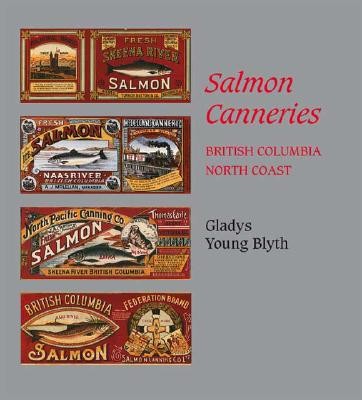
- We will send in 10–14 business days.
- Author: Gladys Young Blyth
- Publisher: Trafford Publishing
- ISBN-10: 1412025621
- ISBN-13: 9781412025621
- Format: 21 x 27.9 x 1 cm, softcover
- Language: English
- SAVE -10% with code: EXTRA
Reviews
Description
Once, the north coast of British Columbia was dotted with cannery villages. Now only a few plants remain. In Gladys Young Blyth's new history of the nothern salmon canning industry, many remarkable photographs- of the canneries, the fish boats, the workers- provide glimpses of by gone days in an industry that has been of vital significance to the development of the province. For each of the thirty-eight canneries on the Nass and Skeena Rivers the author gives a short history, the location, and a physical description of the plant. Her chronology of early- day to present methods of fishing and processing provides the reader with a clear understanding of how the industry functioned. Who were the cannery workers? How did they live in those isolated locations on the B.C. north coast? These and other questions are answered in this fascinating pictorial history.
EXTRA 10 % discount with code: EXTRA
The promotion ends in 18d.12:24:47
The discount code is valid when purchasing from 10 €. Discounts do not stack.
- Author: Gladys Young Blyth
- Publisher: Trafford Publishing
- ISBN-10: 1412025621
- ISBN-13: 9781412025621
- Format: 21 x 27.9 x 1 cm, softcover
- Language: English English
Once, the north coast of British Columbia was dotted with cannery villages. Now only a few plants remain. In Gladys Young Blyth's new history of the nothern salmon canning industry, many remarkable photographs- of the canneries, the fish boats, the workers- provide glimpses of by gone days in an industry that has been of vital significance to the development of the province. For each of the thirty-eight canneries on the Nass and Skeena Rivers the author gives a short history, the location, and a physical description of the plant. Her chronology of early- day to present methods of fishing and processing provides the reader with a clear understanding of how the industry functioned. Who were the cannery workers? How did they live in those isolated locations on the B.C. north coast? These and other questions are answered in this fascinating pictorial history.


Reviews